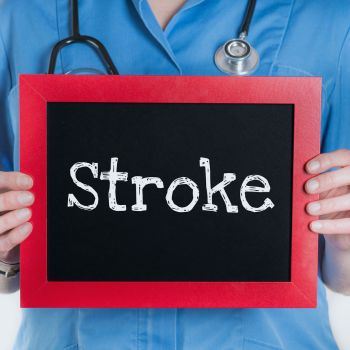Experiencing a mini-stroke, or transient ischemic attack (TIA), is a crucial warning sign that demands immediate attention. Though a TIA is brief and doesn’t cause permanent damage, it significantly increases the risk of a full stroke. Dr. Symeon Missios, a leading stroke doctor on Long Island, emphasizes that understanding what not to do after a TIA is vital for preventing a more severe stroke. Here’s what you should know and avoid:
What Not to Do After a Mini Stroke:
- Ignore Medical Advice: Do not disregard the recommendations given by your healthcare provider. Following a TIA, it is critical to adhere to prescribed medications, lifestyle changes, and follow-up appointments to monitor your condition.
- Skip Medications: Avoid discontinuing any medications your stroke doctor prescribes on Long Island, even if you feel better. These medications often play a crucial role in preventing future strokes and managing underlying conditions.
- Neglect a Healthy Diet: Do not maintain an unhealthy diet. High-fat, high-sodium, and low-nutrient foods can exacerbate risk factors like high blood pressure and cholesterol levels. A balanced diet of fruits, vegetables, and whole grains supports vascular health.
- Engage in Excessive Stress: Avoid excessive stress and disregard stress management techniques. Chronic stress can negatively impact your heart health and increase your stroke risk. Incorporate relaxation techniques and stress-reducing activities into your daily routine.
- Skip Regular Check-Ups: Don’t miss follow-up appointments with your stroke doctor on Long Island. Regular check-ups are essential to monitor your recovery and adjust treatment plans as needed.
- Ignore Physical Activity: Avoid an inactive lifestyle. Regular physical activity is essential for maintaining cardiovascular health and managing stroke risk factors. Aim for moderate exercise as advised by your healthcare provider.
Understanding TIAs: Symptoms and Causes
A transient ischemic attack (TIA) often presents with sudden symptoms that may mimic those of a stroke. Symptoms typically last a few minutes but can persist for up to 24 hours in rare cases. Common signs include:
- Weakness, numbness, or paralysis on one side of the body, affecting the face, arm, or leg.
- You have slurred speech or difficulty understanding others.
- Blindness in one or both eyes or double vision.
- Dizziness or loss of balance and coordination.
The causes of a TIA are similar to those of a stroke, where a blood clot briefly blocks blood flow to the brain. This blockage is temporary in a TIA and does not cause permanent damage. The blockage often results from a buildup of cholesterol-containing fatty deposits known as plaques in an artery, a condition called atherosclerosis. These plaques can reduce blood flow or lead to clot formation, which might travel from other parts of the body, such as the heart, to an artery supplying the brain.
Contact Our Stroke Doctor On Long Island
By taking these precautions and following Dr. Symeon Missios’s expert advice, you can significantly reduce your risk of experiencing another stroke and improve your overall well-being. For personalized care and comprehensive stroke management, contact us today to schedule an appointment and learn more about how a stroke doctor on Long Island can assist in your recovery.

